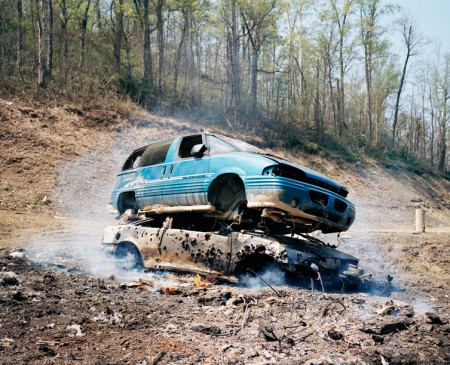
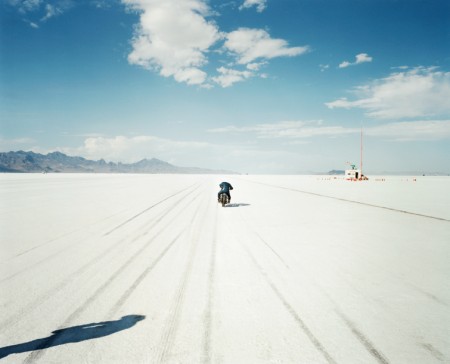
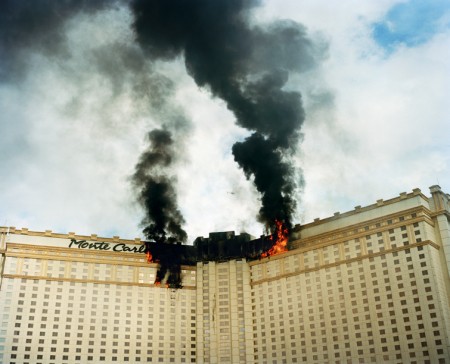
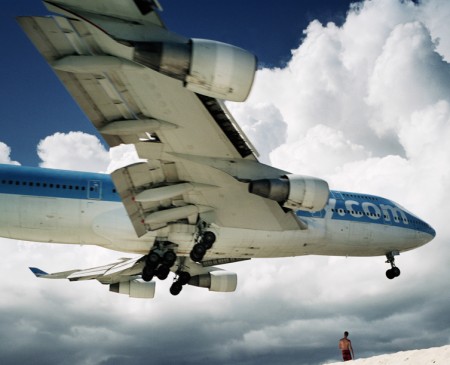
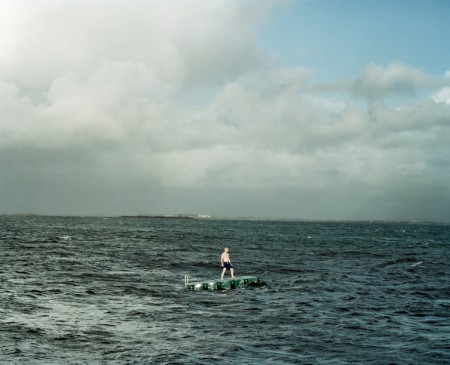
Looking at Thomas Prior’s work is like some kind of visual catharsis for me. The energy and emotion he captures in his photographs is simply captivating. See more here.
via Booooooom





Looking at Thomas Prior’s work is like some kind of visual catharsis for me. The energy and emotion he captures in his photographs is simply captivating. See more here.
via Booooooom
httpvhd://www.youtube.com/watch?v=72bKngp3SXI
Moog just released their Animoog synthesizer app for the iPad and it looks impressive. Get it now for 99 cents before it jumps to the regular price of $29.99. Anybody have a chance to try it out and care to share their experience in the comments?

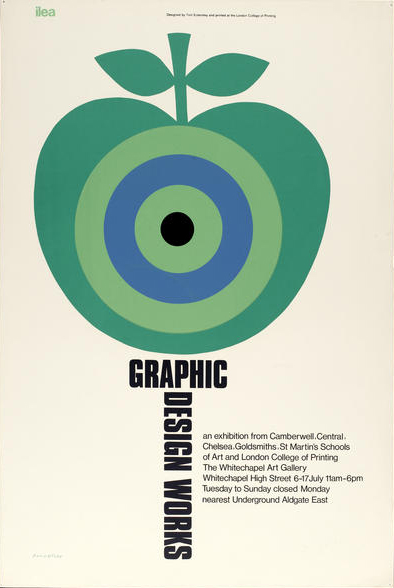
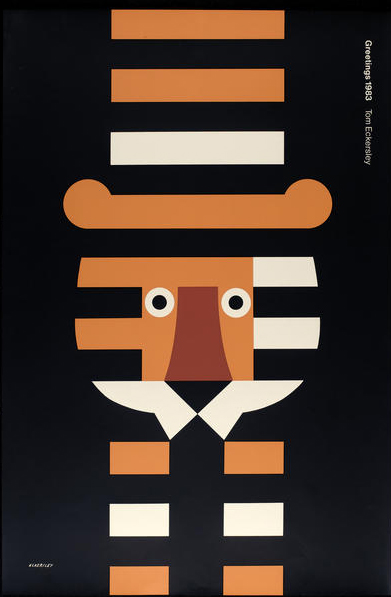
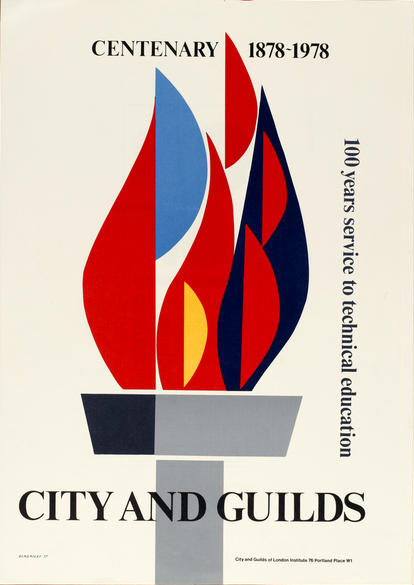
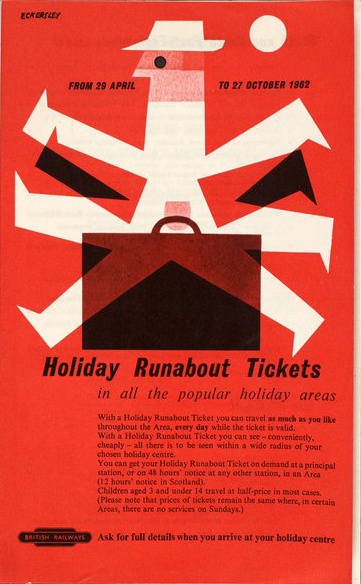
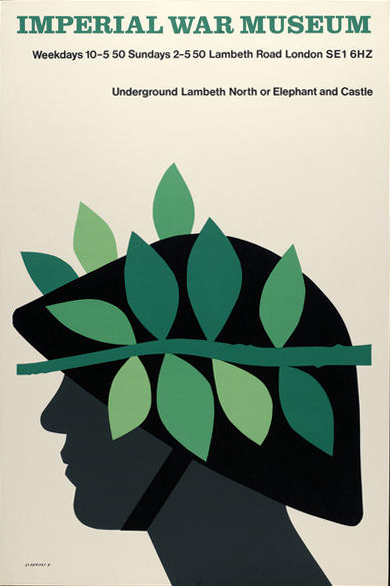
Tom Eckersley (1914-1997) was an English poster artist known for his use of bold, bright colors and simple block shapes. During WWII he was a cartographer for the Royal Air Force and created designs for the General Post Office. In 1947, Art and Industry magazine described his approach to design as scrapping the “non-essential, by the perfect mating of chosen word with chosen picture, he wings the total message.” A year later he was awarded the Order of the British Empire for his services to poster design.
The Visual Arts Data Service has a great collection of his work.
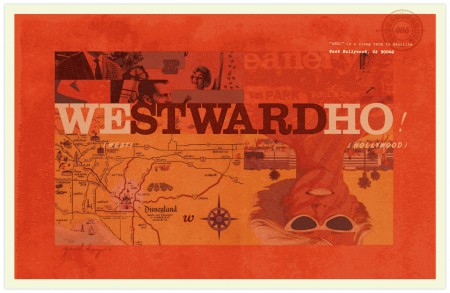
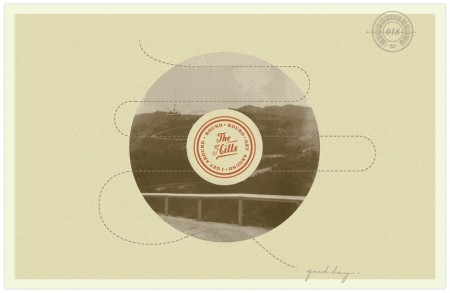
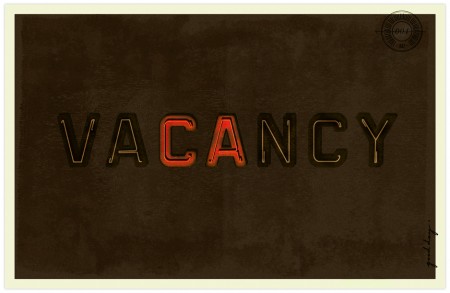
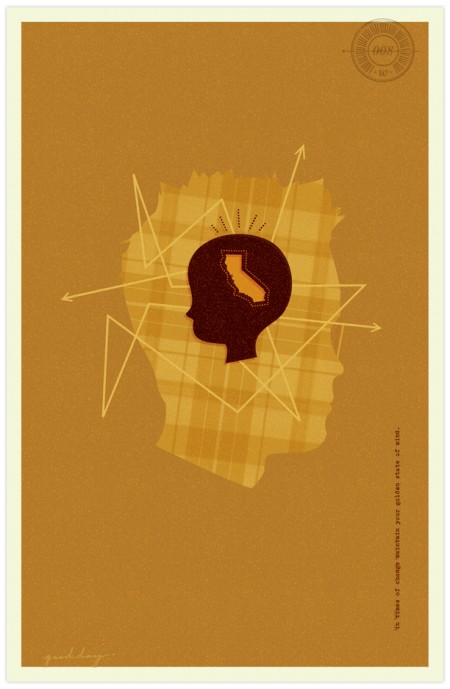
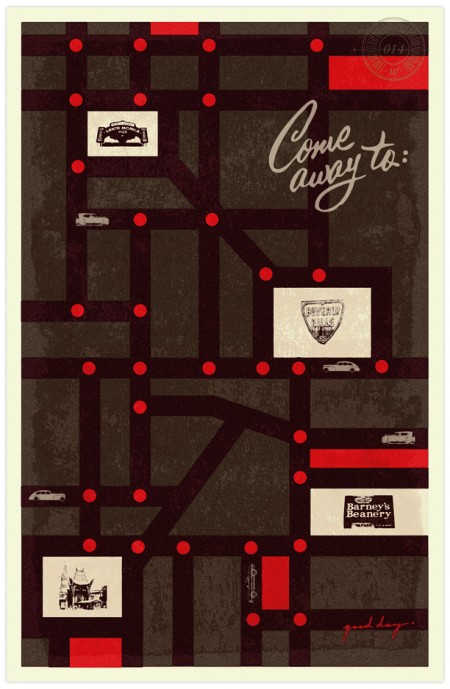
Good Day CA is a self-initiated project by Los Angeles designer Braden Wise. Drawing inspiration from the sights and experiences of traveling on the road, Wise created a set of postcards to chronicle his trip from the Midwest to his new home in California. See the rest of the series here.
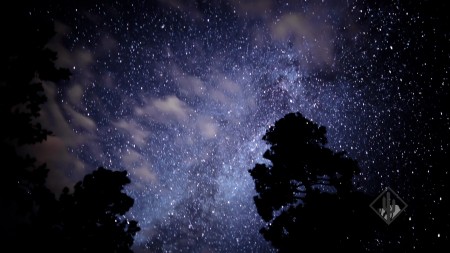
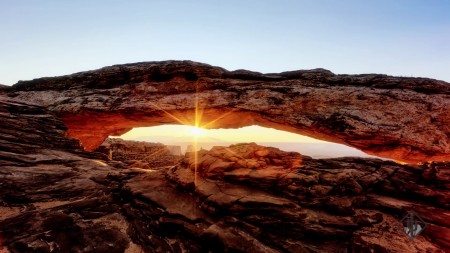
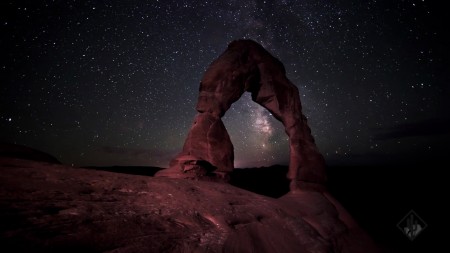
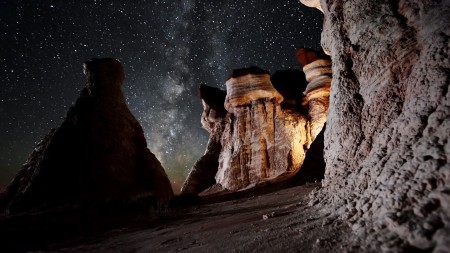
httpvhd://www.youtube.com/watch?v=DaYx4XmWEoI
httpvhd://www.youtube.com/watch?v=tFx6wt_gI3A&feature=related
These incredible time lapse videos were shot by Dustin Farrell. I’m at a loss for words after watching these; you really have to see them for yourself. Landscapes: Volume One & Two are the first two parts in a planned trilogy, and I can’t wait to see the next one.
You can read more about the making of these videos here.
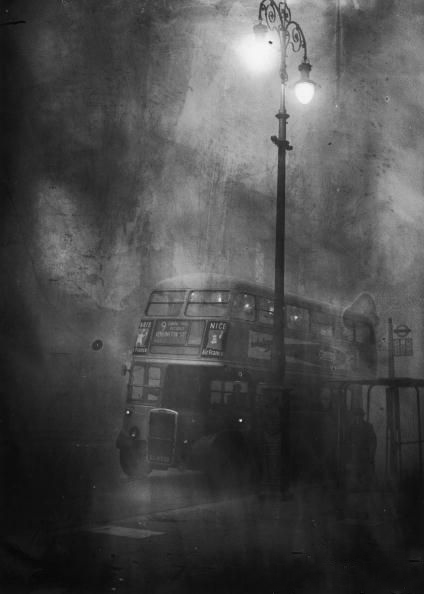
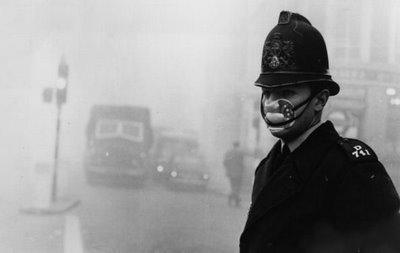
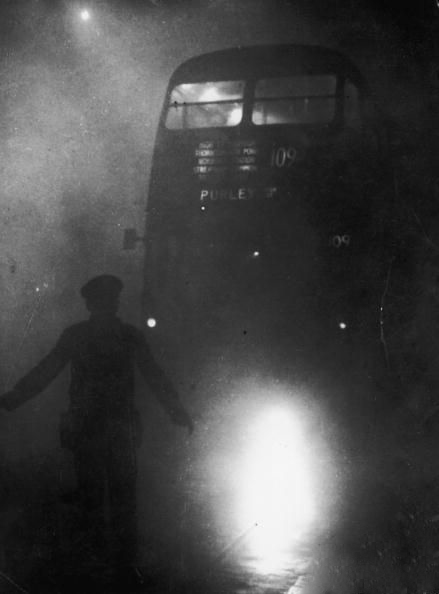
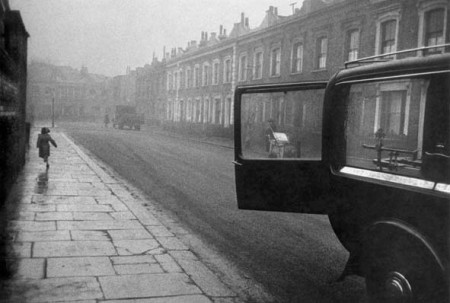
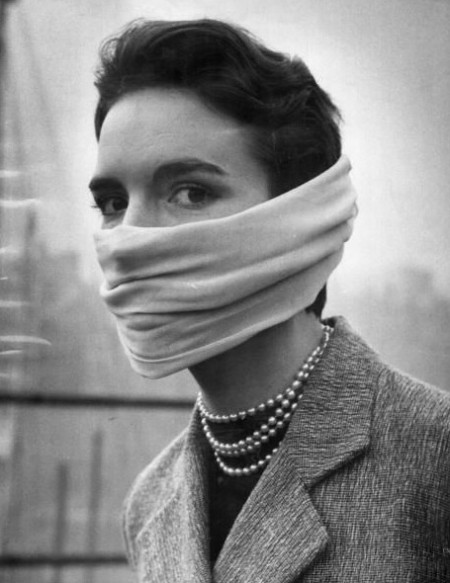
These chilling images were taken during London’s Great Smog of ’52. For four days the city of London was blanketed by a poisonous smog that reduced visibility to a few yards and led to an estimated 12,000 fatalities. From NPR:
Roads were littered with abandoned cars. Midday concerts were cancelled due to total darkness. Archivists at the British Museum found smog lurking in the book stacks. Cattle in the city’s Smithfield market were killed and thrown away before they could be slaughtered and sold — their lungs were black.
On the second day of the smog, Saturday, Dec. 6, 500 people died in London. When the ambulances stopped running, thousands of gasping Londoners walked through the smog to the city’s hospitals.
The lips of the dying were blue. Heavy smoking and chronic exposure to pollution had already weakened the lungs of those who fell ill during the smog. Particulates and acids in the killer brew finished the job by triggering massive inflammations. In essence, the dead had suffocated.
Some 900 more people died on Tuesday, Dec. 9, 1952. Then the wind swept in unexpectedly. The killer fog vanished as quickly as it had arrived.
It sounds like the plot of a post-apocalyptic film, but the event opened the public’s eyes to the deadly effects of pollution and led to significant developments in environmental research, government regulation, and public awareness of the relationship between air quality and health.
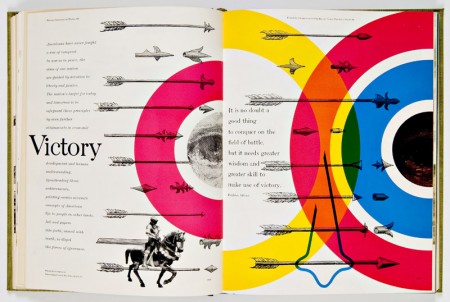
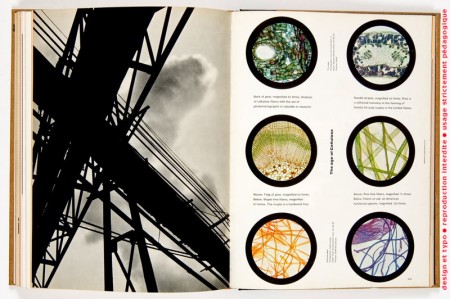
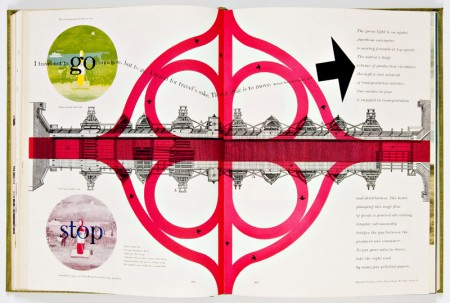
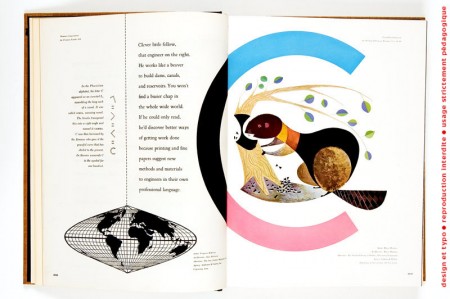
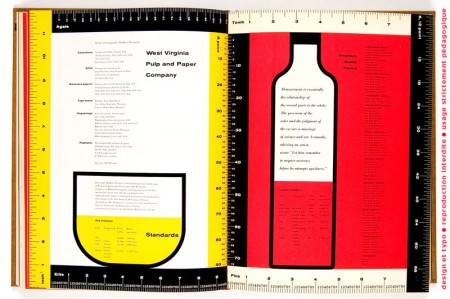
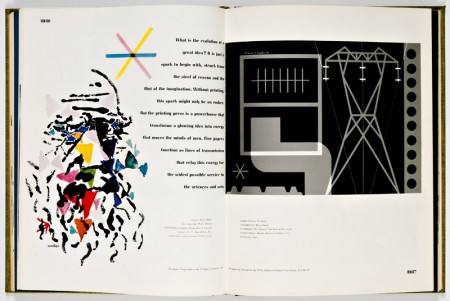
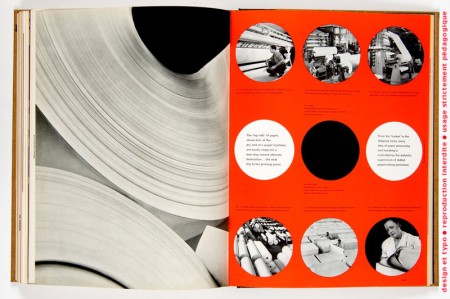
These fantastic spreads were designed by Bradbury Thompson for Westvaco Inspirations in the 1950s and early 60s.
Westvaco Inspirations was a graphic arts publication issued by the Westvaco Corporation, formerly named the West Virginia Pulp and Paper Company, with the objective of showing typography, photography, art work and other graphic inventiveness on papers manufactured at its mills. Because Westvaco Inspirations was intended to demonstrate printing processes and papers, its primary audience consisted of 35,000 designers, printers, teachers and students.
Thompson designed more than sixty issues of the magazine over eighteen years and utilized a variety of printing methods, including letterpress and offset lithography. Tons more great scans at Typogabor.
via Matthew Lyons
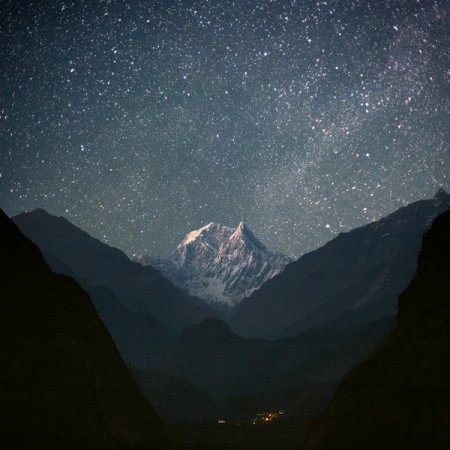
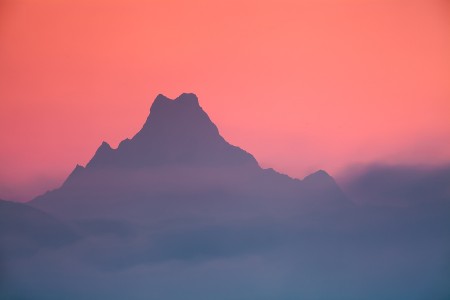
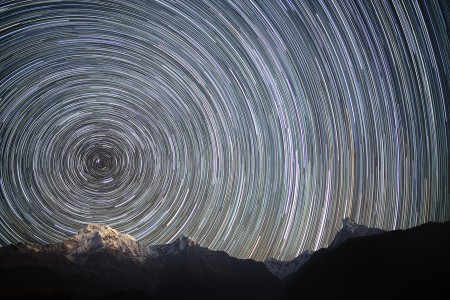
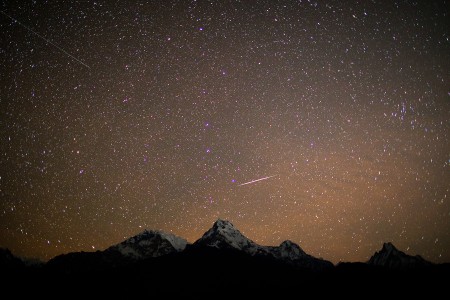
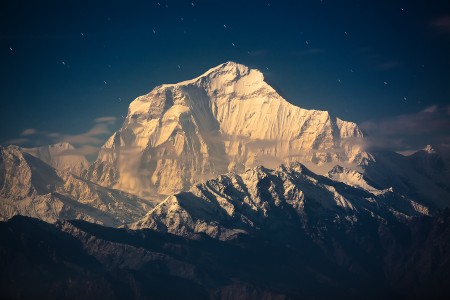
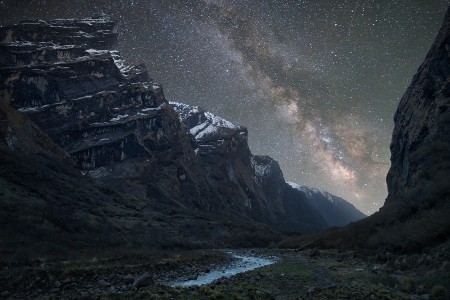
These amazing images were taken by travel photographer Anton Jankovoy. His shots of the night sky above the Himalayas are simply jaw-dropping. If astrophotography is your thing you owe it to yourself to check out his site.
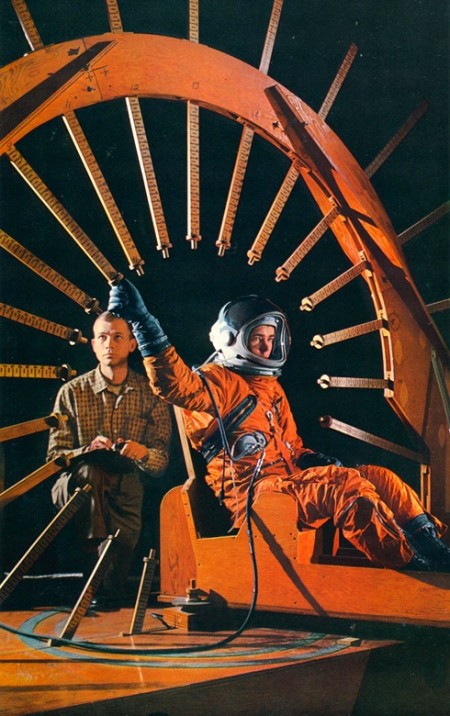
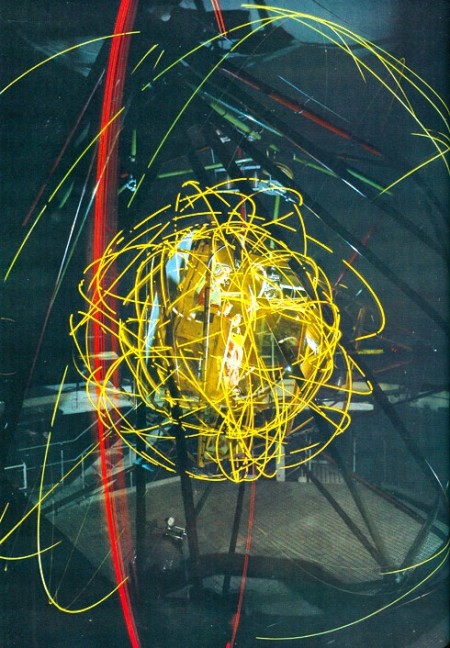
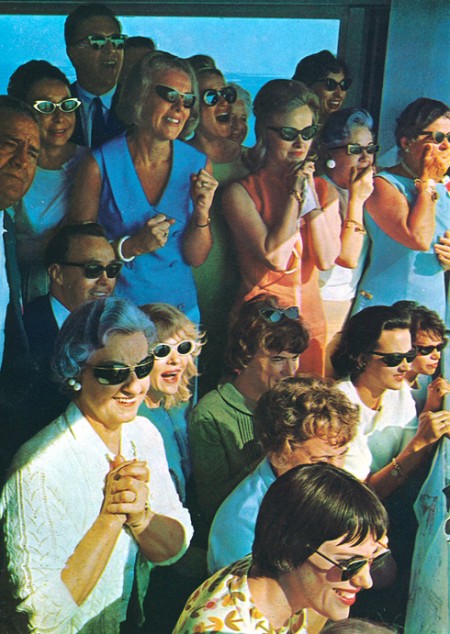
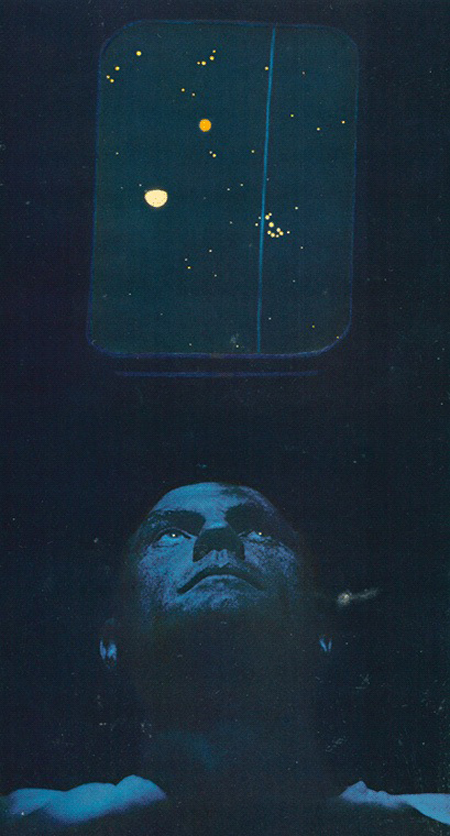
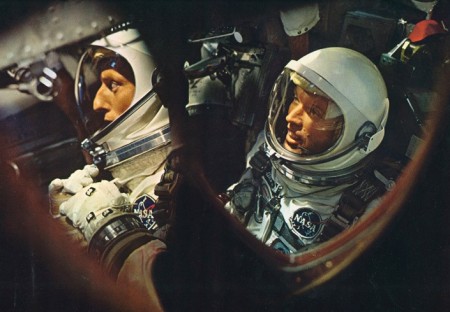
Sci-Fi-O-Rama has some gorgeous scans from Time-Life’s To the Moon, “an audio and visual chronology that documents NASA’s Mercury, Gemini and (of course) Apollo projects.” It includes 6 doubled sided vinyls of interviews and famous radio transmissions as well as a 190 page slip case book, which these scans come from.
Be sure to check out the rest here.
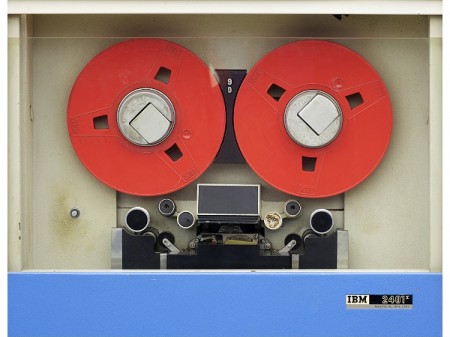
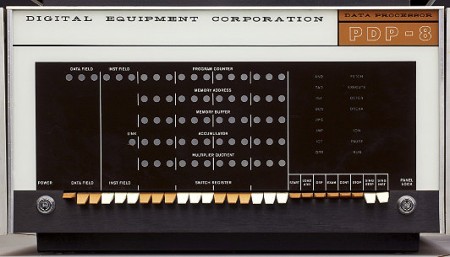
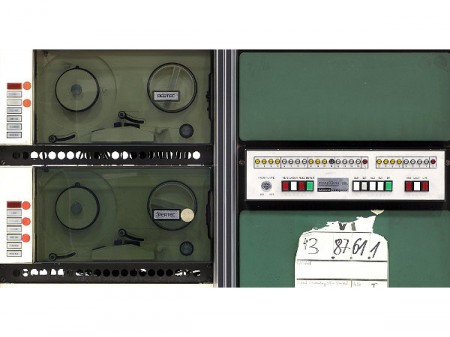
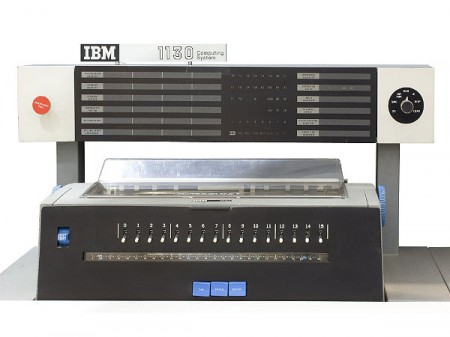
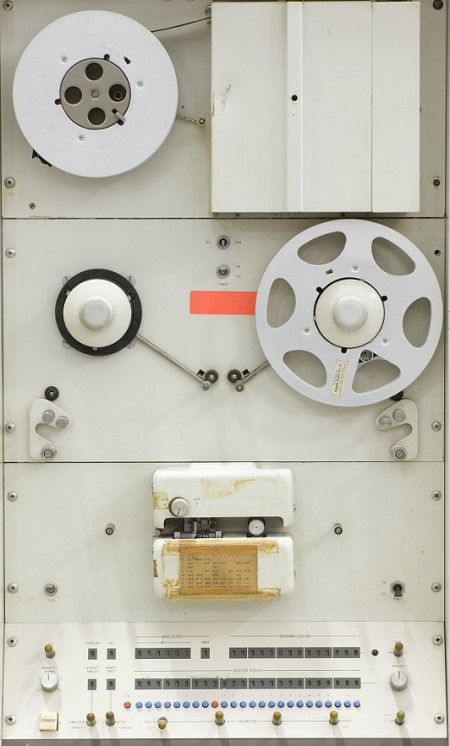
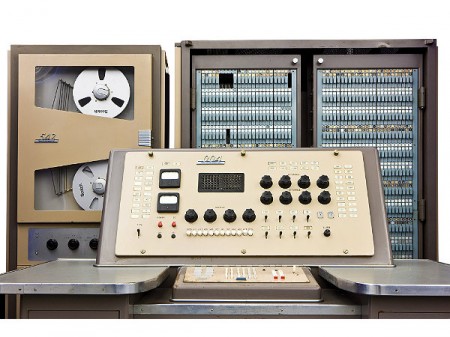
As a follow up to the previous post on vintage computer brochures I wanted to share the work of Mark Richards. Richards shoots many of the images that appear on the Computer History Museum website, and his photography adds an appropriate sense of reverence for the outdated machines.